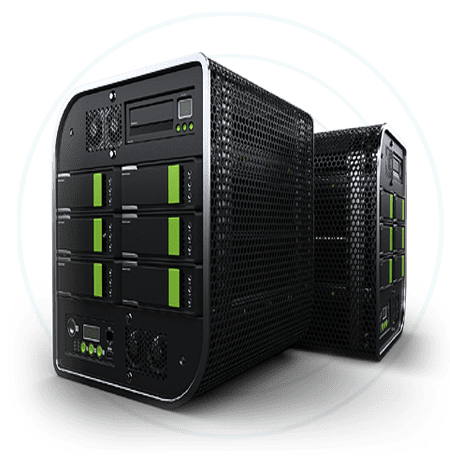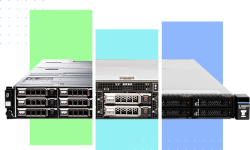Title: How to Choose a New Laptop: A Comprehensive Guide
Introduction:
Choosing a new laptop can be an overwhelming task, especially if you are not well-versed in the technical jargon associated with the computer industry. With so many options available in the market, it can be challenging to find the right laptop that suits your needs.
In this article, we will provide you with a comprehensive guide on how to choose a new laptop. We will cover everything from the different types of laptops available in the market to the various features you need to consider while making your purchase.
So, let’s get started!
Headings:
- Determine your needs
- Consider the operating system
- Choose the right size and weight
- Look for the right display
- Select the perfect processor
- Assess the storage and memory
- Consider the battery life
- Evaluate the keyboard and touchpad
- Check for additional features
- Set a budget
Subheadings:
Determine your needs
- Decide the primary purpose of the laptop
- Identify the necessary features
- Consider future requirements
Consider the operating system
- Windows
- MacOS
- Chrome OS
Choose the right size and weight
- Screen size
- Portability
Look for the right display
- Screen resolution
- Display type
Select the perfect processor
- Intel or AMD
- Processor speed
Assess the storage and memory
- Hard drive or SSD
- RAM size
Consider the battery life
- Battery capacity
- Battery life span
Evaluate the keyboard and touchpad
- Keyboard type
- Touchpad sensitivity
Check for additional features
- Graphics card
- Web camera
- Speakers
- Ports
Set a budget
- Determine the maximum amount you can spend
- Look for laptops that fit within your budget
Bullet Points:
- Decide the primary purpose of the laptop (e.g., gaming, business, school, etc.)
- Consider the necessary features (e.g., graphics card, web camera, etc.)
- Look for laptops that can accommodate future requirements (e.g., expandable storage, upgradeable RAM, etc.)
- Consider the operating system (e.g., Windows, MacOS, Chrome OS)
- Choose the right size and weight (e.g., screen size, portability)
- Look for the right display (e.g., screen resolution, display type)
- Select the perfect processor (e.g., Intel or AMD, processor speed)
- Assess the storage and memory (e.g., hard drive or SSD, RAM size)
- Consider the battery life (e.g., battery capacity, battery life span)
- Evaluate the keyboard and touchpad (e.g., keyboard type, touchpad sensitivity)
- Check for additional features (e.g., graphics card, web camera, speakers, ports)
- Set a budget (e.g., determine the maximum amount you can spend, look for laptops that fit within your budget)
FAQs:
Q. What is the average battery life of a laptop?
A. The average battery life of a laptop is around 6-8 hours, but it varies depending on the laptop’s usage and specifications.
Q. What is the difference between a hard drive and SSD storage?
A. Hard drive storage uses mechanical disks to store data, while SSD storage uses flash memory. SSD storage is faster and more reliable than hard drive storage.
Q. Can I upgrade the RAM and storage of my laptop?
A. It depends on the laptop model. Some laptops have upgradeable RAM and storage, while others do not. Before making your purchase, check the specifications of the laptop and see if the RAM and storage are upgradeable.
Q. Should I go for a Windows, MacOS, or Chrome OS laptop?
A. It depends on your personal preference and the software you need to use. Windows laptops are the most versatile, while MacOS laptops are known for their performance and stability. Chrome OS laptops are great for web browsing and simple tasks.
Conclusion:
Choosing a new laptop can be an overwhelming task, but with the right information, you can make an informed decision. Start by determining your needs and considering the operating system, size and weight, display, processor, storage and memory, battery life, keyboard and touchpad, and additional features. Set a budget and look for laptops that fit within your price range.
Remember, choosing the right laptop is crucial, as it can have a significant impact on your productivity and overall experience. We hope this comprehensive guide on how to choose a new laptop has helped you make an informed decision. Happy shopping!
Visit our shop or leave us a quote on what kind of laptop you need.








